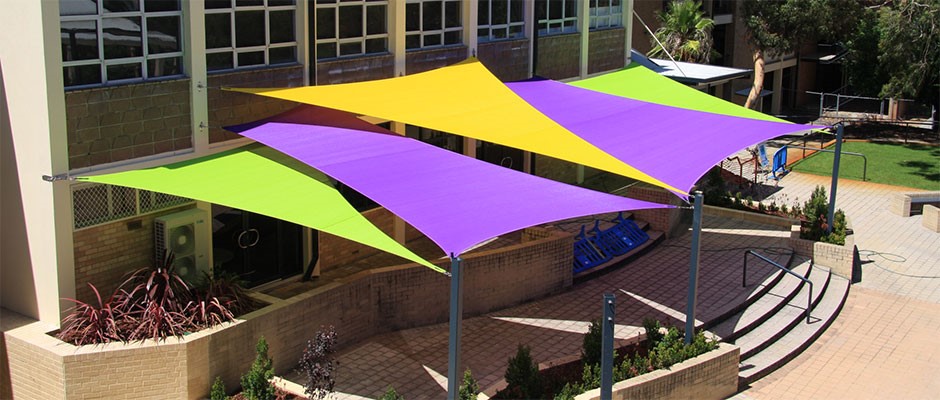
At Archway Tensile, we take pride in being a leading manufacturer and architect specializing in the innovative design and construction of breathtakingly tensile structures throughout India. With a strong commitment to quality, creativity, and customer satisfaction, we bring your visions to life with our expertise in tensile structure architecture.
What is a Tensile Structure?
Tensile structures are architectural marvels that utilize tensioned fabric membranes or sheets to create stunning, lightweight structures that span large distances without the need for internal support columns. These structures are known for their versatility, durability, and aesthetic appeal, making them ideal for a wide range of applications, including commercial buildings, event spaces, walkways, canopies, and more.
Why Choose Archway Tensile as Your Tensile Structure Architect in India?
As a trusted name in the industry, Archway Tensile combines design ingenuity with technical expertise to deliver exceptional tensile structure solutions tailored to your specific needs. Our team of experienced architects, engineers, and craftsmen work closely with clients to design, fabricate, and install custom tensile structures that exceed expectations.
Tensile Structure Architecture at Its Finest
Our portfolio showcases a diverse range of projects, including iconic tensile structure buildings, elegant tensile structure canopies, striking entrance archways, and functional outdoor shelters. Each project is a testament to our commitment to innovation, sustainability, and excellence in tensile structure architecture.
Transforming Spaces with Tensile Structures in India
India's rich architectural heritage and vibrant culture provide the perfect canvas for the integration of modern tensile structures. From bustling urban landscapes to serene natural settings, our designs seamlessly blend with their surroundings, creating visually striking focal points that enhance the built environment.
Experience the Difference with Archway Tensile
When you choose Archway Tensile as your partner in tensile structure design and construction, you can expect a seamless process from concept to completion. Our team leverages cutting-edge technology, premium materials, and precise craftsmanship to deliver superior results that stand the test of time.
Whether you are looking to add a touch of elegance to your commercial property, create a unique event space, or enhance the functionality of outdoor areas, Archway Tensile has the expertise and creativity to bring your vision to life.
Tensile structures in India come in a variety of shapes and designs, each offering unique aesthetics, functionality, and architectural appeal. From iconic landmarks to practical shelters, tensile structures have become synonymous with innovation and creativity in the Indian architectural landscape. Here are some of the most common types of tensile structures shapes and designs found in India:
1. Cone Tensile Structures: Cone-shaped tensile structures are characterized by their elegant, tapered form that rises to a point. These structures are often used as entrance features, canopies, or decorative elements in public spaces, parks, and commercial complexes. Cone structures add a touch of sophistication and visual interest to any environment.
2. Dome Tensile Structures: Dome-shaped tensile structures are iconic for their curved, hemispherical design that offers ample interior space and a striking exterior profile. These structures are popular for event venues, exhibition spaces, and religious buildings due to their grandeur and versatility. Dome structures in India often showcase intricate fabric patterns and lighting effects to create a mesmerizing atmosphere.
3. Sail Tensile Structures: Sail-shaped tensile structures mimic the graceful curves of billowing sails on a ship, creating a sense of movement and fluidity in the built environment. These structures are commonly used as shade sails, awnings, and outdoor seating covers in parks, playgrounds, and residential complexes. Sail structures in India come in a range of sizes and configurations, offering both practical sun protection and artistic flair.
4. Archway Tensile Structures: Arch-shaped tensile structures are known for their sweeping curves that form elegant entryways, walkways, or focal points in public spaces, gardens, and event venues. These structures exude a sense of grandeur and sophistication, drawing attention and guiding visitors through the space. Archway structures in India often feature intricate fabric designs and lighting accents to create a captivating visual impact.
5. Cantilever Tensile Structures: Cantilevered tensile structures are characterized by their extended horizontal projections that appear to defy gravity and create a sense of weightlessness. These structures are ideal for creating covered walkways, outdoor seating areas, and building facades that command attention and provide shelter. Cantilever structures in India showcase innovative engineering and design techniques to achieve impressive spans and architectural feats.
6. Conical Tensile Structures: Conical tensile structures feature a conical shape that tapers from a wide base to a pointed top, creating a visually striking silhouette that stands out in any setting. These structures are commonly used as event pavilions, exhibition booths, and temporary shelters for outdoor events and festivals. Conical structures in India offer a blend of functionality and aesthetics, making them popular choices for a range of applications.
The diverse range of tensile structure shapes and designs in India reflects the country's rich architectural heritage, creativity, and commitment to innovation. Whether enhancing urban landscapes, creating functional spaces, or celebrating cultural events, tensile structures continue to captivate and inspire with their beauty and ingenuity.
The engineering behind tensile structures is a fascinating blend of art, science, and innovation that allows for the creation of lightweight, durable, and visually striking architectural marvels. Tensile structures rely on the principles of tension and compression to achieve their unique shapes and designs, offering a wide range of applications in various industries, including architecture, construction, and design. Here is an overview of the key engineering aspects behind tensile structures:
1. Tensioned Fabric Membranes: At the heart of every tensile structure is a tensioned fabric membrane that serves as the primary load-bearing element. These membranes are typically made of high-strength materials such as PVC-coated polyester, PTFE-coated fiberglass, or ETFE film, known for their durability, flexibility, and weather resistance. The fabric is tensioned between support points, creating a stable surface that can span large distances without the need for internal columns or walls.
2. Structural Analysis and Form Finding: Engineers use advanced computational tools and software to analyze the structural behavior of tensile structures and optimize their shape and form. Form-finding techniques help determine the most efficient geometry for the fabric membrane based on factors such as wind loads, snow loads, and material properties. By simulating different scenarios and stress conditions, engineers can ensure that the structure meets safety standards and performance requirements.
3. Support Systems: Tensile structures rely on a network of support systems to distribute loads and ensure structural stability. These systems include steel or aluminum frames, cables, tension rods, and anchor points that work together to maintain the integrity of the fabric membrane under various forces. Engineers carefully design the support systems to withstand dynamic loads such as wind, snow, and seismic activity while allowing for movement and flexibility to accommodate environmental changes.
4. Fabrication and Installation: Fabrication of tensile structures involves precise cutting, welding, and sewing of the fabric membrane to create custom shapes and patterns. Skilled craftsmen work in collaboration with engineers to ensure the accurate assembly of components and the seamless integration of structural elements. Installation of tensile structures requires careful planning, coordination, and expertise to achieve proper tensioning, alignment, and anchoring for optimal performance and longevity.
5. Material Selection and Durability: The selection of materials plays a crucial role in the engineering of tensile structures, as different fabrics and coatings offer varying levels of strength, UV resistance, flame retardancy, and translucency. Engineers consider factors such as climate conditions, maintenance requirements, and aesthetic preferences when choosing materials to ensure the longevity and performance of the structure. Proper material selection contributes to the durability, sustainability, and visual appeal of tensile structures over time.
The engineering behind tensile structures represents a harmonious balance of creativity, functionality, and technical expertise. By leveraging advanced engineering principles, innovative design techniques, and high-quality materials, engineers can create awe-inspiring structures that push the boundaries of architectural possibilities and enrich the built environment with beauty and innovation.
Tensile structures offer several advantages that make them a popular choice for architectural and construction projects:
1. Aesthetic Appeal: Tensile structures provide unique and visually striking architectural designs. Their ability to create fluid shapes and curves allows for the creation of modern and aesthetically pleasing buildings, canopies, and shelters.
2. Natural Light and Ventilation: Tensile structures can be designed to allow natural light to filter through, creating well-lit and airy spaces. This feature not only reduces the need for artificial lighting during the day but also enhances the overall comfort and well-being of occupants.
3. Versatility in Design: Tensile structures offer a high degree of design flexibility. They can be customized to fit various sizes and shapes, making them suitable for a wide range of applications such as stadiums, exhibition halls, atriums, car parks, and more.
4. Cost-Effectiveness: Tensile structures require fewer materials compared to traditional buildings, resulting in lower construction costs. This cost efficiency makes them an attractive option for projects with budget constraints.
5. Durability: Tensile structures are known for their durability and longevity. They are designed to withstand various weather conditions, including heavy rain, wind, and snow, making them a reliable choice for both temporary and permanent structures.
6. Quick Installation: Tensile structures can be installed relatively quickly compared to traditional construction methods. This rapid installation time can help reduce project timelines, allowing for faster completion of projects.
7. Sustainability: Tensile structures are considered environmentally friendly as they use fewer materials during construction. Additionally, they can be made from recyclable materials, further reducing their environmental impact.
8. Energy Efficiency: Tensile structures can incorporate energy-efficient features such as solar panels and rainwater harvesting systems. These sustainable elements help reduce energy consumption and promote environmental conservation.
9. Low Maintenance: Tensile structures require minimal maintenance compared to traditional buildings. Routine inspections and cleaning are usually sufficient to keep the structure in good condition, resulting in long-term cost savings.
The advantages of tensile structures, including their aesthetic appeal, versatility, cost-effectiveness, durability, sustainability, and energy efficiency, make them a popular choice for a wide range of architectural and construction projects.
 Car Parking Tensile Structure
Car Parking Tensile Structure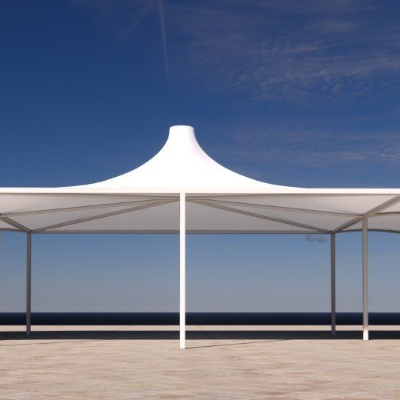 Conical Tensile Structure
Conical Tensile Structure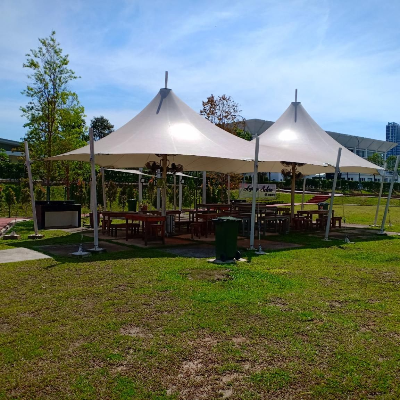 Gazebo Tensile Structure
Gazebo Tensile Structure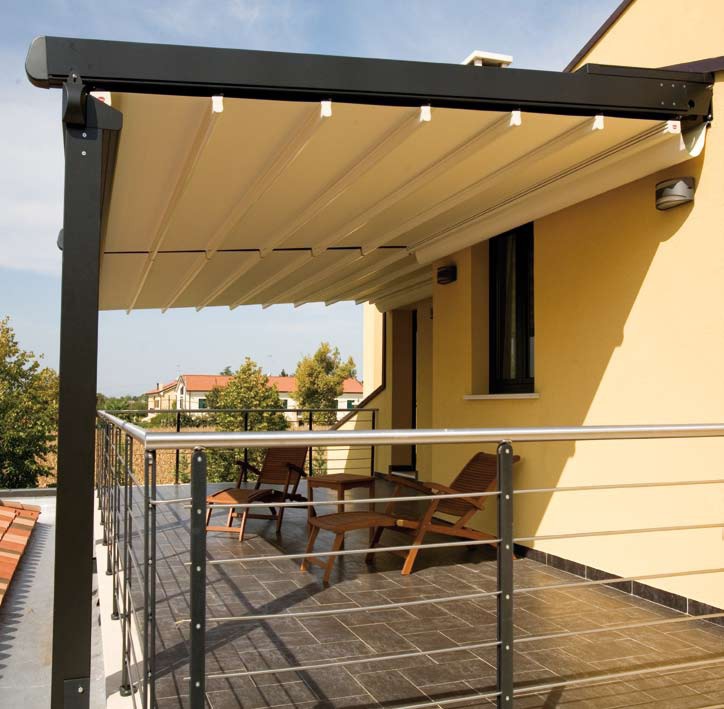 Retractable Tensile Roof
Retractable Tensile Roof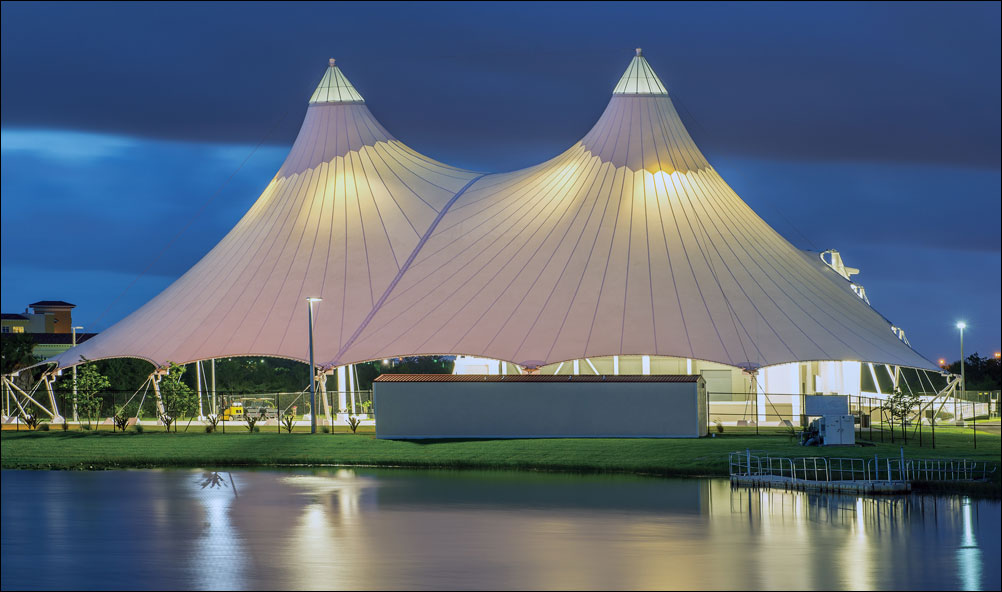 Tensile Architecture
Tensile Architecture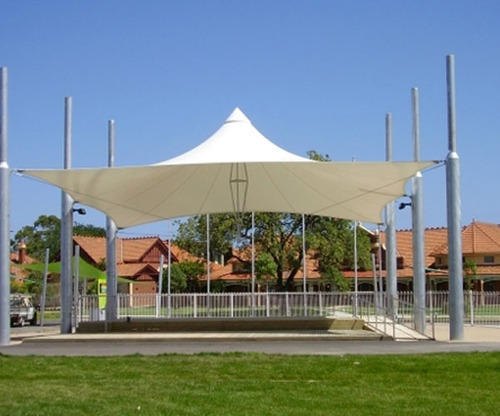 Tensile Canopy
Tensile Canopy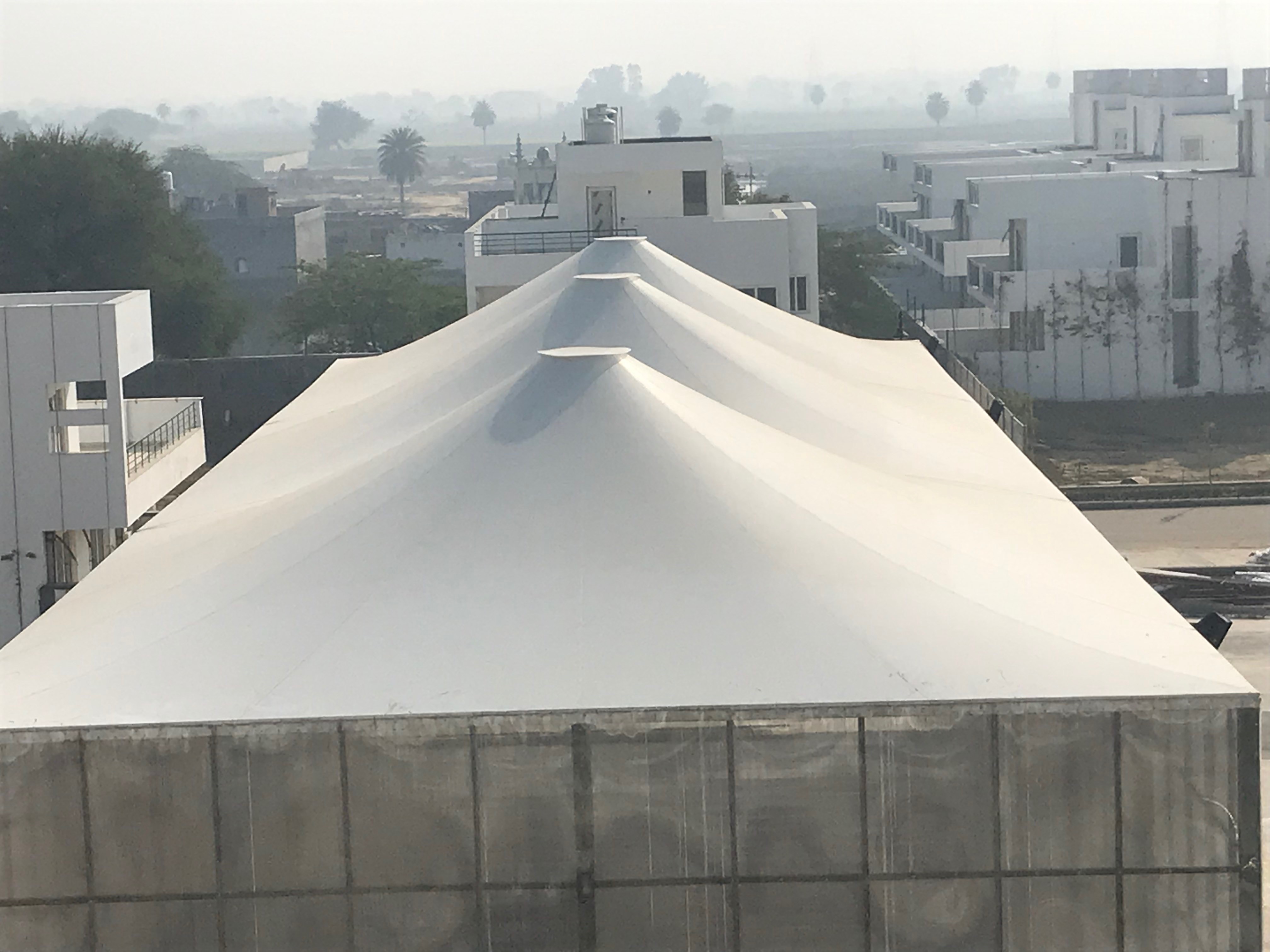 Tensile Canopy Structure
Tensile Canopy Structure Tensile Car Parking
Tensile Car Parking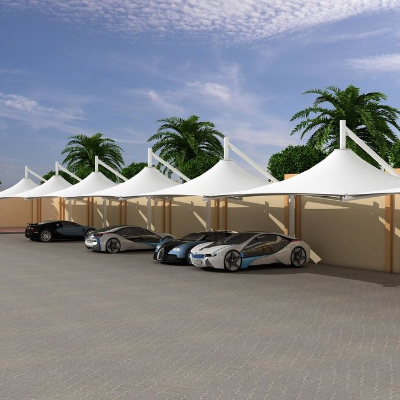 Tensile Car Parking Manufacturer
Tensile Car Parking Manufacturer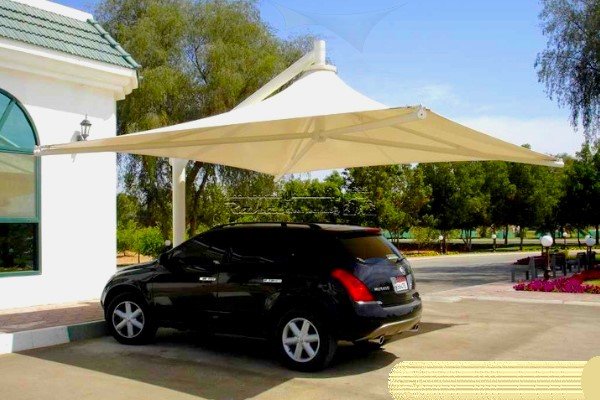 Tensile Car Parking Shed
Tensile Car Parking Shed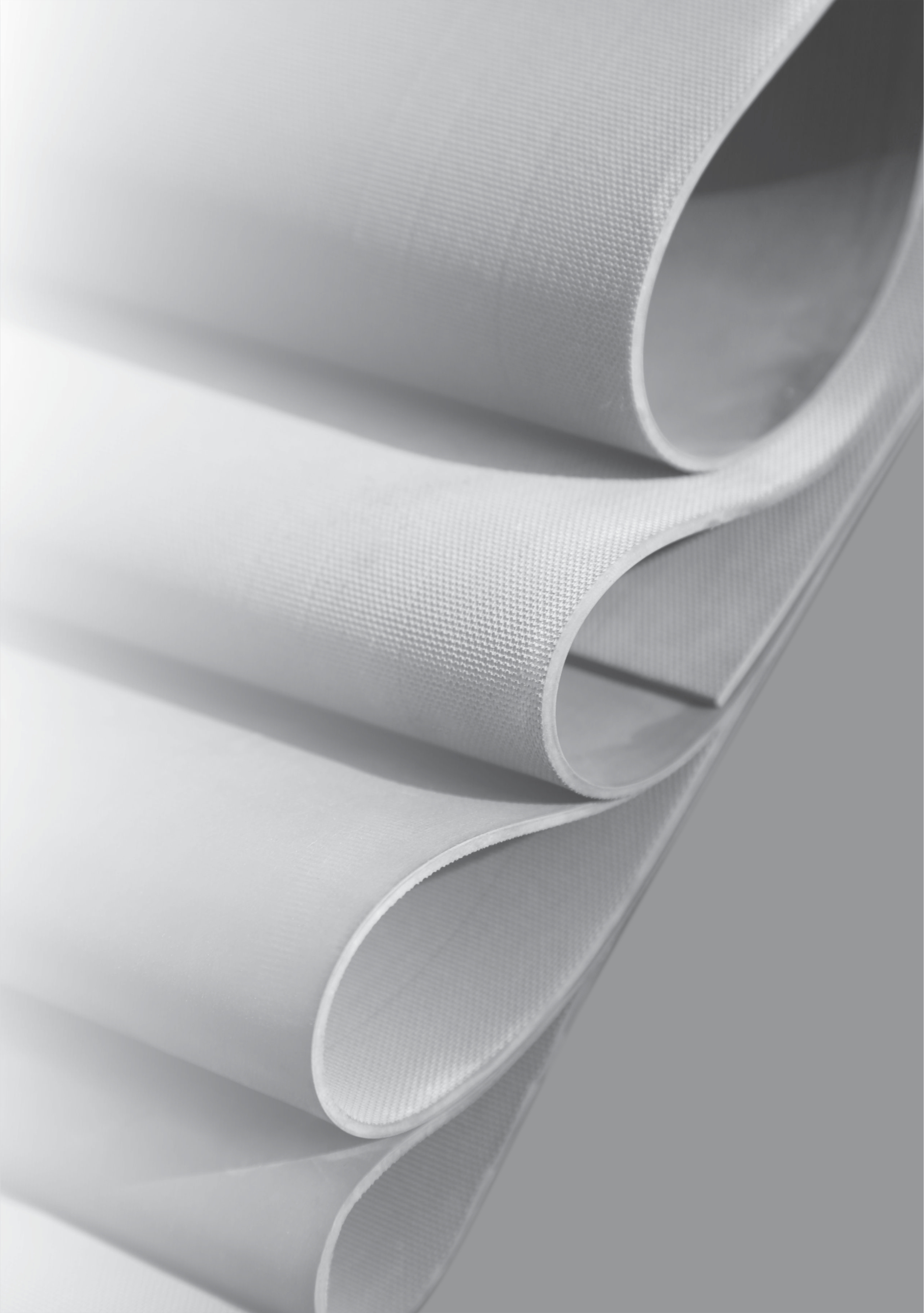 Tensile Cloth Shed
Tensile Cloth Shed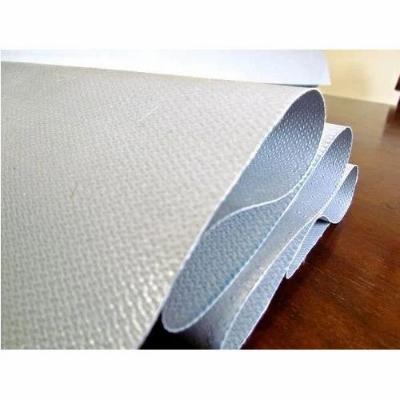 Tensile Fabric
Tensile Fabric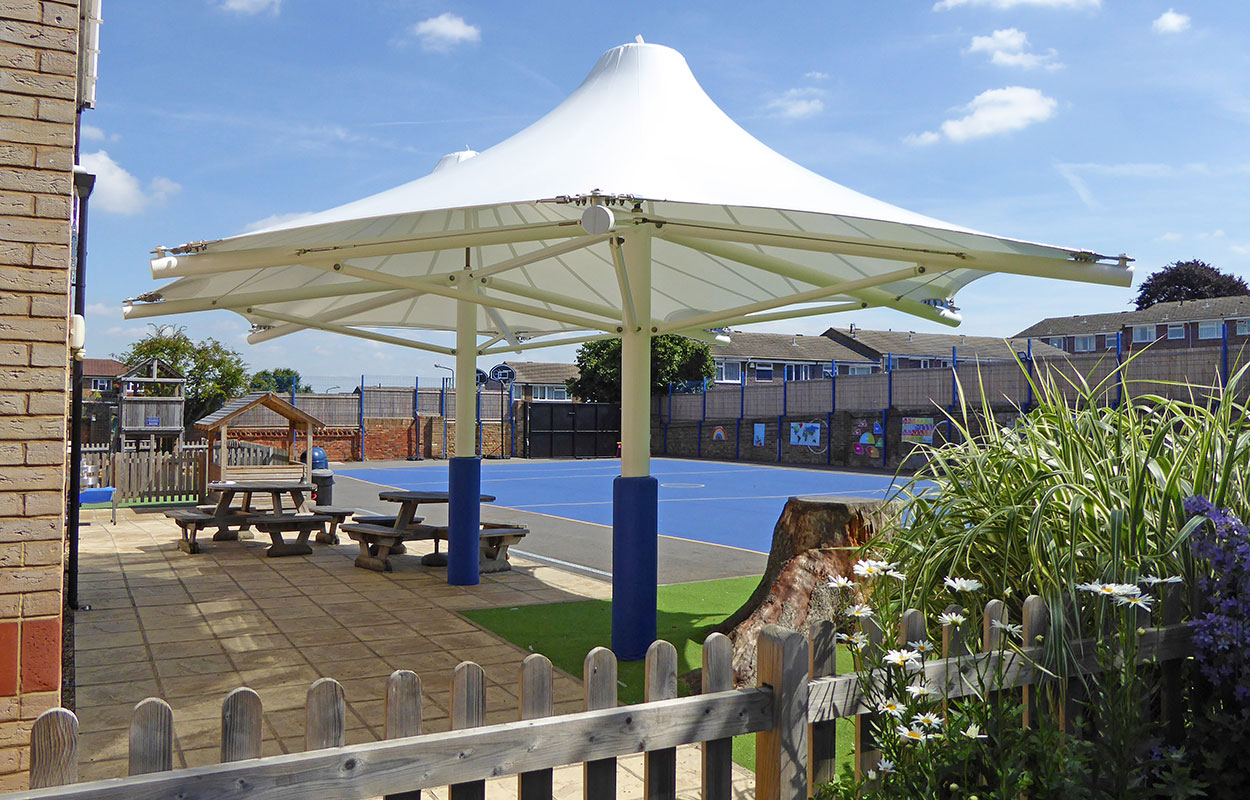 Tensile Fabric Canopy
Tensile Fabric Canopy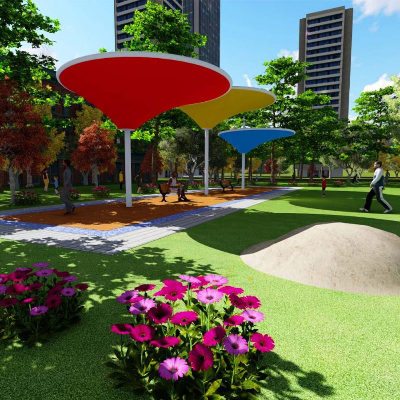 Tensile Fabric Manufacturer
Tensile Fabric Manufacturer Tensile Fabric Roof
Tensile Fabric Roof 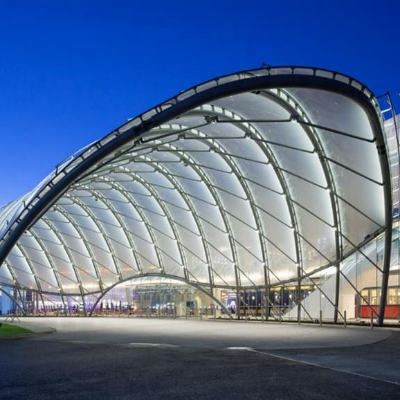 Tensile Fabric Shed
Tensile Fabric Shed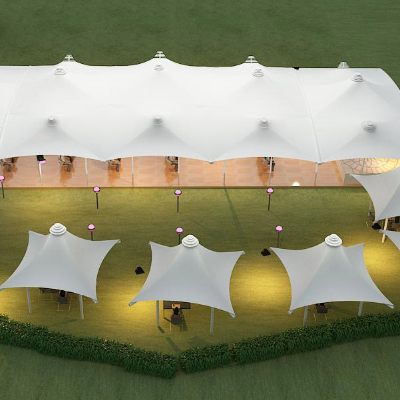 Tensile Gazebo
Tensile Gazebo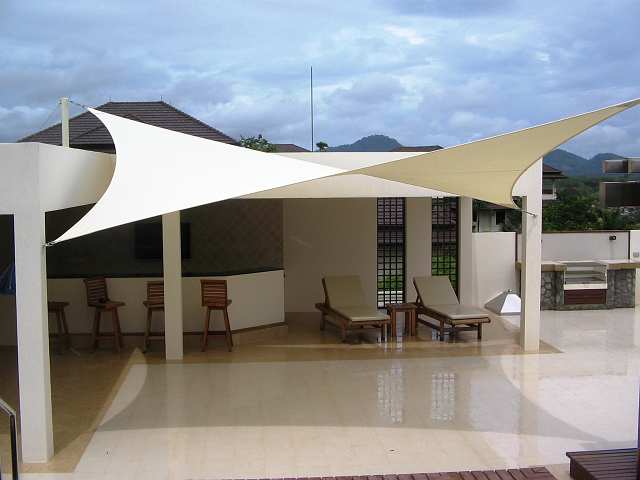 Tensile Membrane Fabric
Tensile Membrane Fabric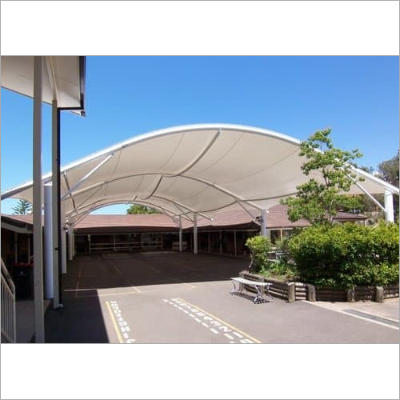 Tensile Membrane Structure
Tensile Membrane Structure Tensile Parking Shed
Tensile Parking Shed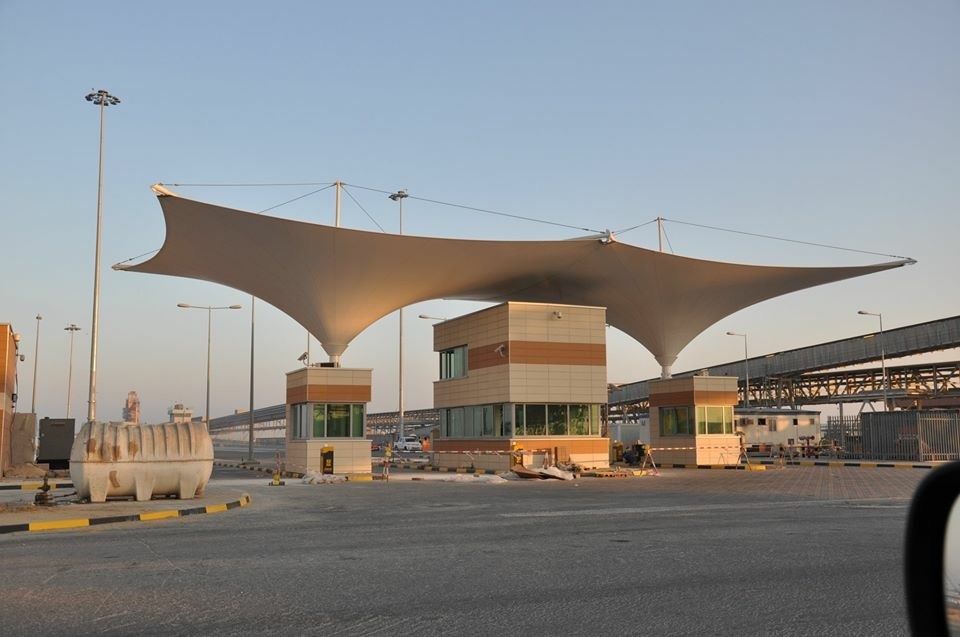 Tensile Roof
Tensile Roof Tensile Roofing
Tensile Roofing Tensile Shade
Tensile Shade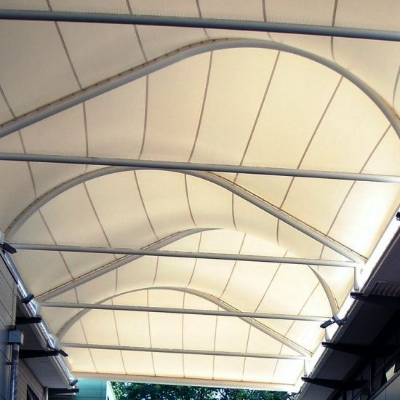 Tensile Shed
Tensile Shed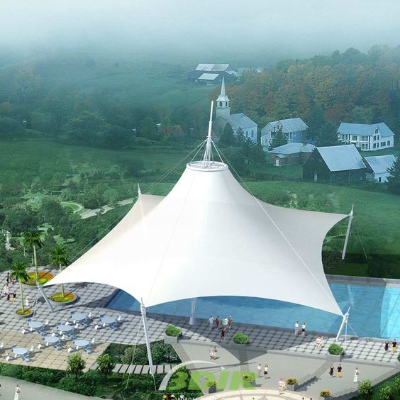 Tensile Sheet Roofing
Tensile Sheet Roofing Tensile Structure Car Parking
Tensile Structure Car Parking Tensile Structure Manufacturer
Tensile Structure Manufacturer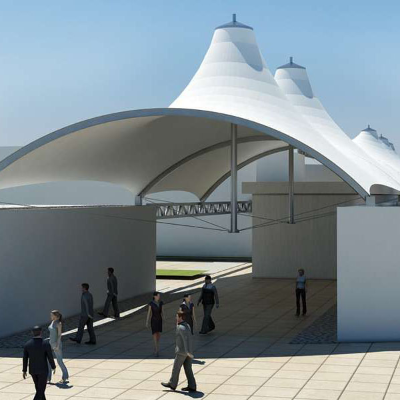 Tensile Structures in India
Tensile Structures in India Tensile Umbrella
Tensile Umbrella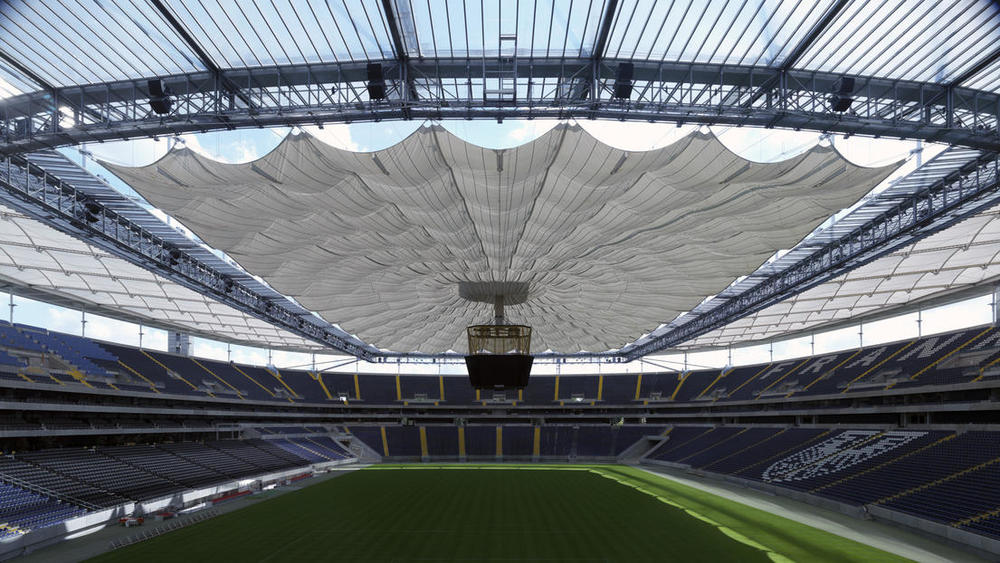 Auditorium Tensile Structure
Auditorium Tensile Structure Entrance Tensile Structure
Entrance Tensile Structure Stadium Tensile Structure
Stadium Tensile Structure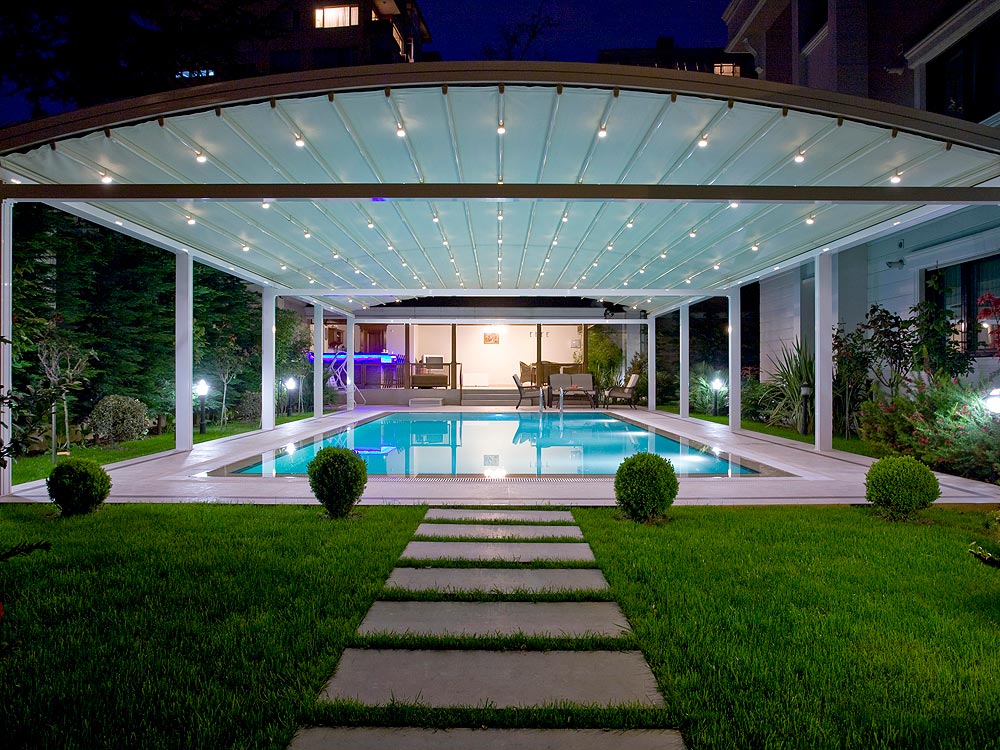 Swimming Pool Tensile Structure
Swimming Pool Tensile Structure Tensile Car Parking Shade
Tensile Car Parking Shade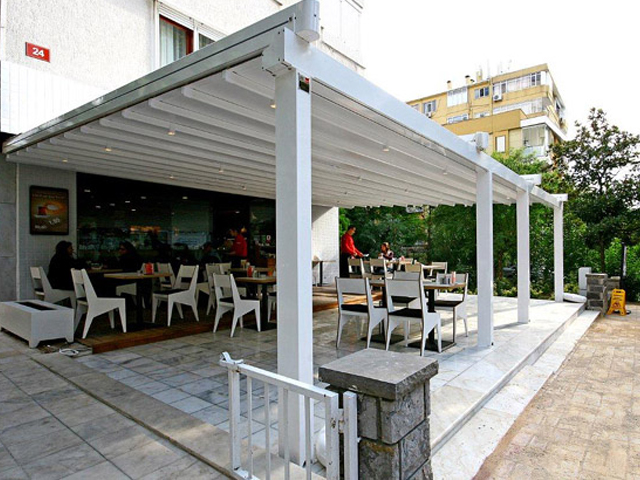 Tensile food Court Structure
Tensile food Court Structure Tensile Lightweight Structure
Tensile Lightweight Structure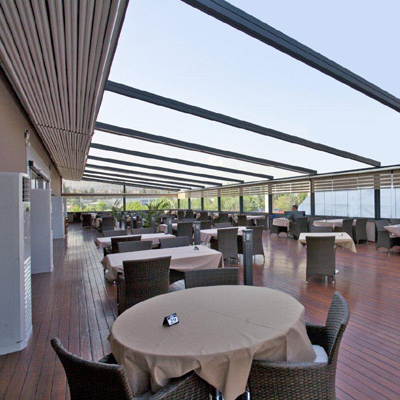 Tensile Roof Structure
Tensile Roof Structure Walkway Covering Structure
Walkway Covering Structure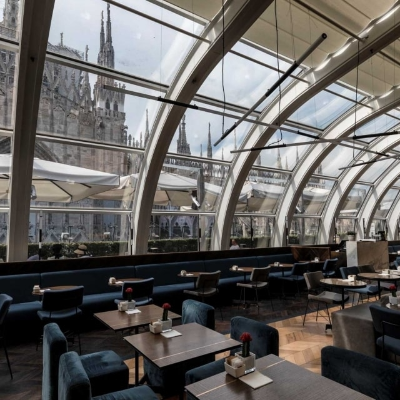 Arch Supported Tensile Structure
Arch Supported Tensile Structure Barrel Vault Tensile Structure
Barrel Vault Tensile Structure Canopy Architecture
Canopy Architecture Canopy Tensile Structure
Canopy Tensile Structure Cantilever Tensile Structure
Cantilever Tensile Structure Car Parking Canopy Structure
Car Parking Canopy Structure Car Parking Structure
Car Parking Structure Car Parking Tensile Shed
Car Parking Tensile Shed Car Parking Tensile Structure Manufacturers
Car Parking Tensile Structure Manufacturers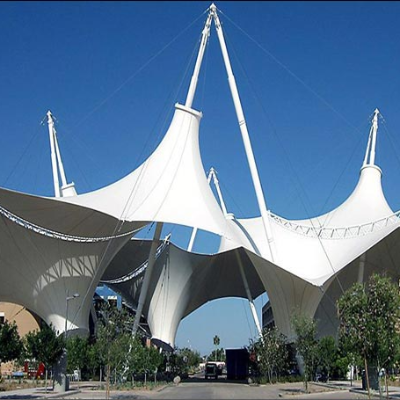 Dome Tensile Structure
Dome Tensile Structure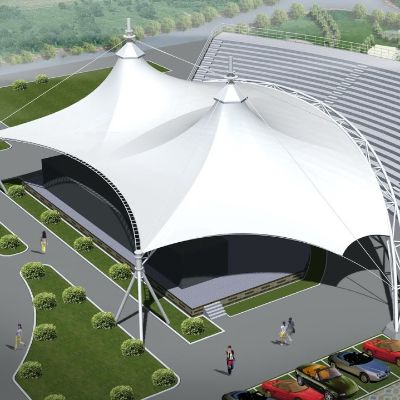 Fabric Structure
Fabric Structure Fabric Tensile Structure
Fabric Tensile Structure Ferrari Fabric Roof
Ferrari Fabric Roof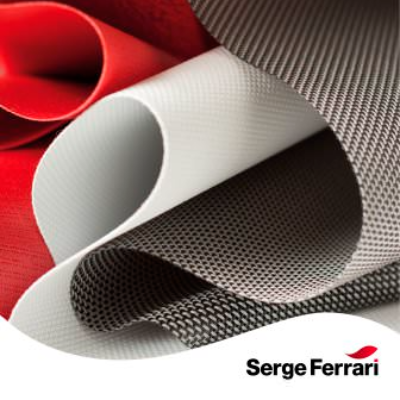 Ferrari Tensile Fabric
Ferrari Tensile Fabric Ferrari Tensile Structure
Ferrari Tensile Structure Hyper Tensile Structure
Hyper Tensile Structure Inverted Umbrella Tensile Structure
Inverted Umbrella Tensile Structure Linear Tensile Structures
Linear Tensile Structures Mast Supported Tensile Structure
Mast Supported Tensile Structure Mehler Tensile Fabric
Mehler Tensile Fabric Membrane Tensile Structure
Membrane Tensile Structure Modular Tensile Structure
Modular Tensile Structure PTFE Tensile Fabric
PTFE Tensile Fabric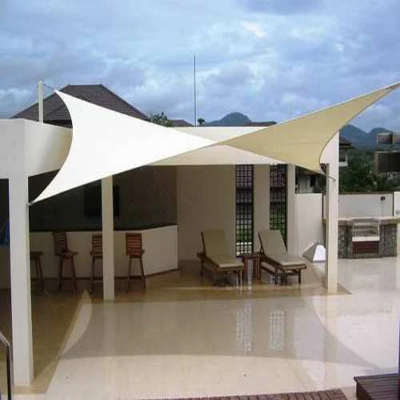 PVC Coated Tensile Fabric
PVC Coated Tensile Fabric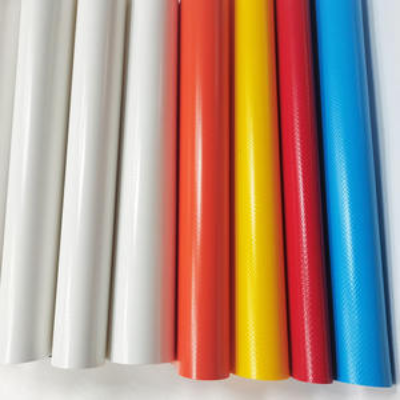 PVC Tensile Fabric
PVC Tensile Fabric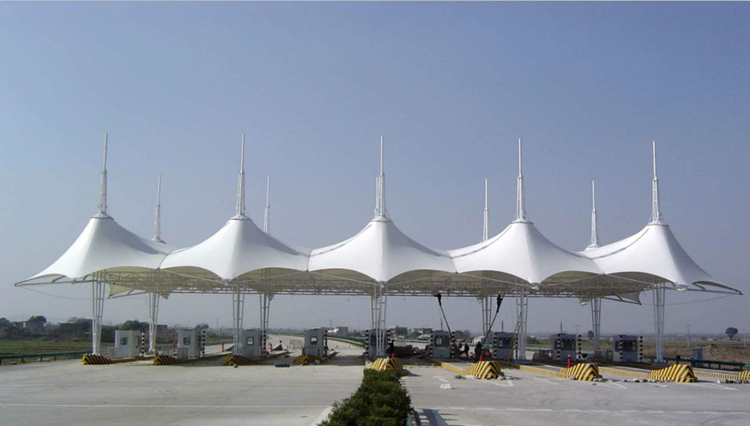 Tensile Car Parking Structure
Tensile Car Parking Structure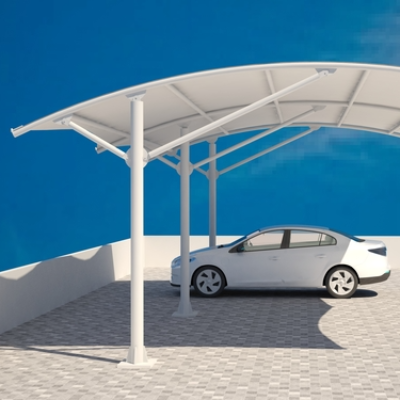 Tensile Car Porch
Tensile Car Porch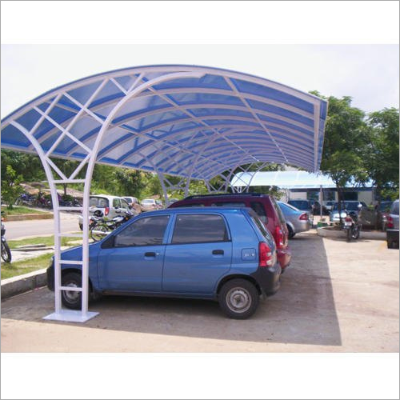 Tensile Car Shed
Tensile Car Shed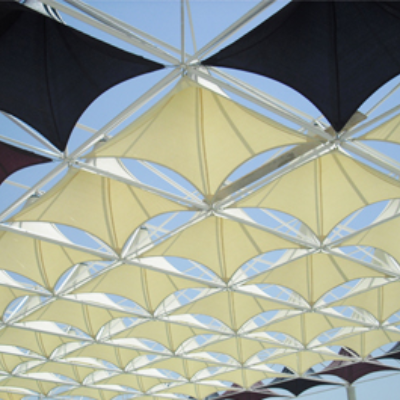 Tensile Ceiling
Tensile Ceiling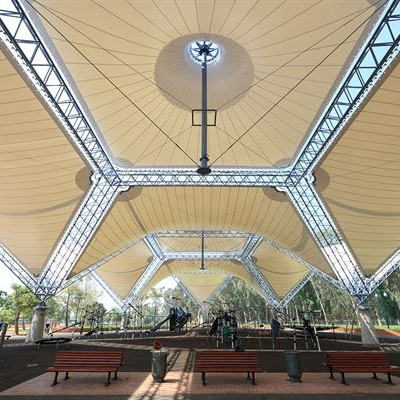 Tensile Company
Tensile Company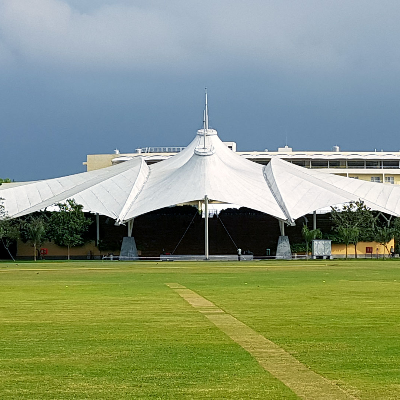 Tensile Cone Structure
Tensile Cone Structure Tensile Covering
Tensile Covering Tensile Dome Structure
Tensile Dome Structure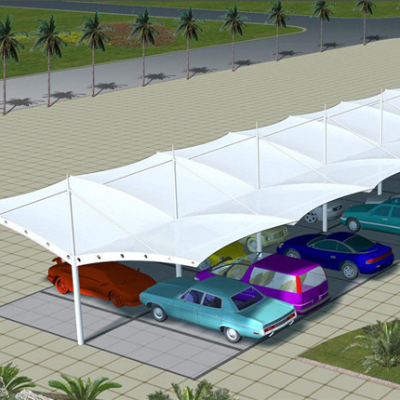 Tensile Fabric Car Shed
Tensile Fabric Car Shed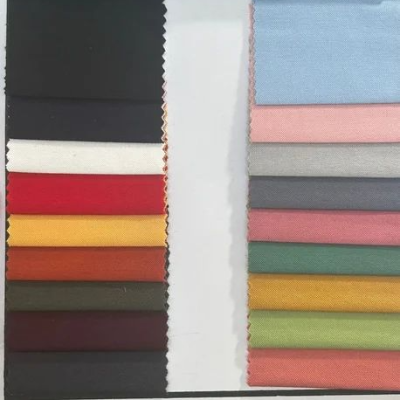 Tensile Fabric Clothing
Tensile Fabric Clothing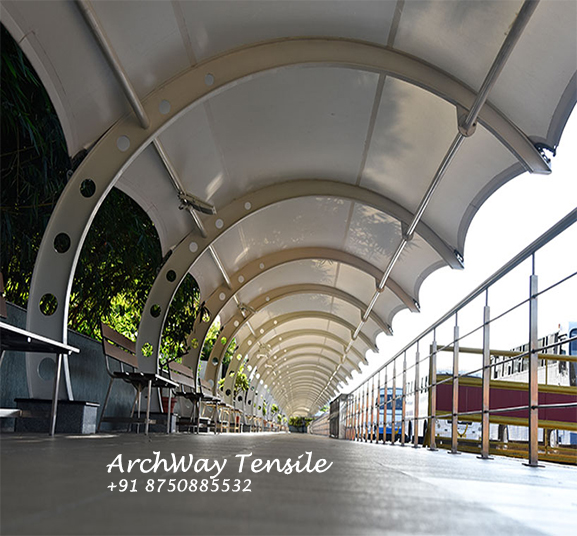 Tensile Fabric Company
Tensile Fabric Company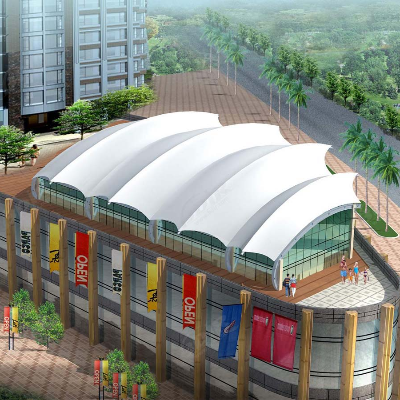 Tensile Fabric Covering
Tensile Fabric Covering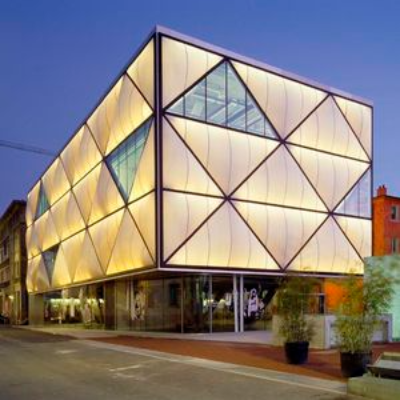 Tensile Fabric Facade
Tensile Fabric Facade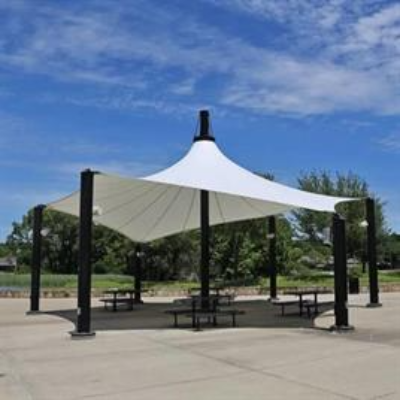 Tensile Fabric Gazebo
Tensile Fabric Gazebo Tensile Fabric India
Tensile Fabric India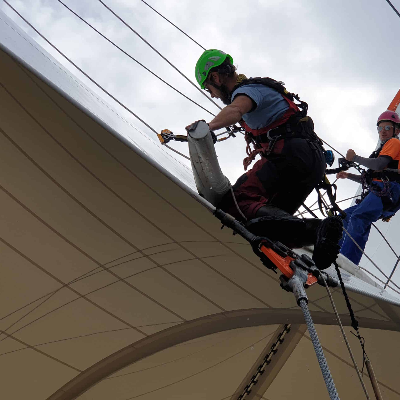 Tensile Fabric Installation
Tensile Fabric Installation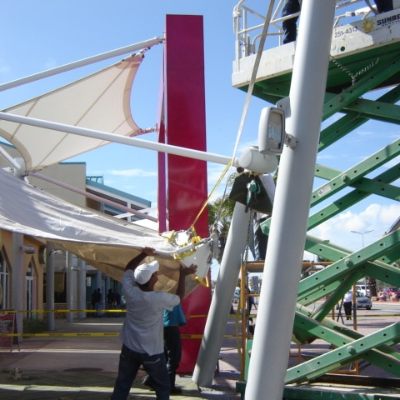 Tensile Fabric Roof Installation
Tensile Fabric Roof Installation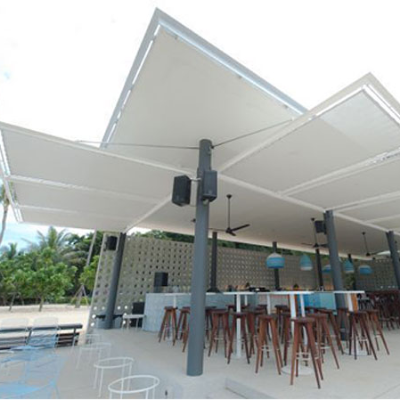 Tensile Fabric Roofing
Tensile Fabric Roofing Tensile Fabric Roofs
Tensile Fabric Roofs Tensile Fabric Shade
Tensile Fabric Shade Tensile Fabric Shade Structure
Tensile Fabric Shade Structure Tensile Fabric Sheet
Tensile Fabric Sheet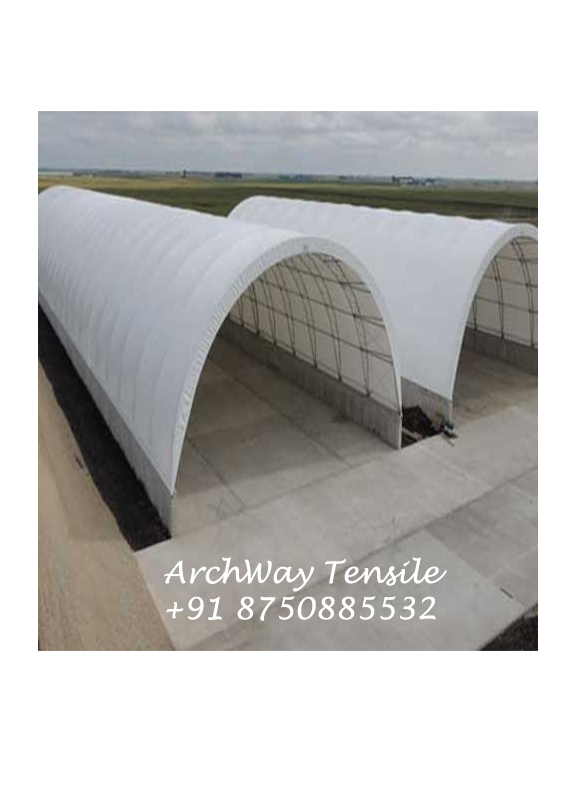 Tensile Fabric Structure Manufacturer
Tensile Fabric Structure Manufacturer Tensile Fabric Structure
Tensile Fabric Structure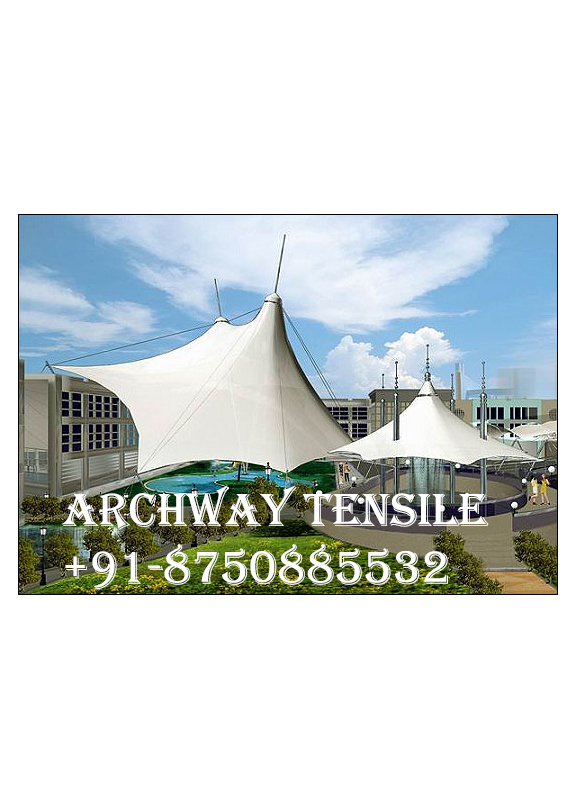 Tensile Fabric Supplier
Tensile Fabric Supplier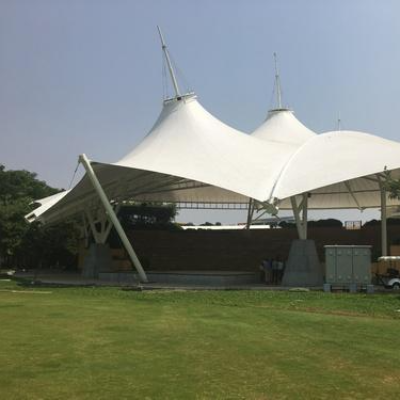 Tensile Fabrication
Tensile Fabrication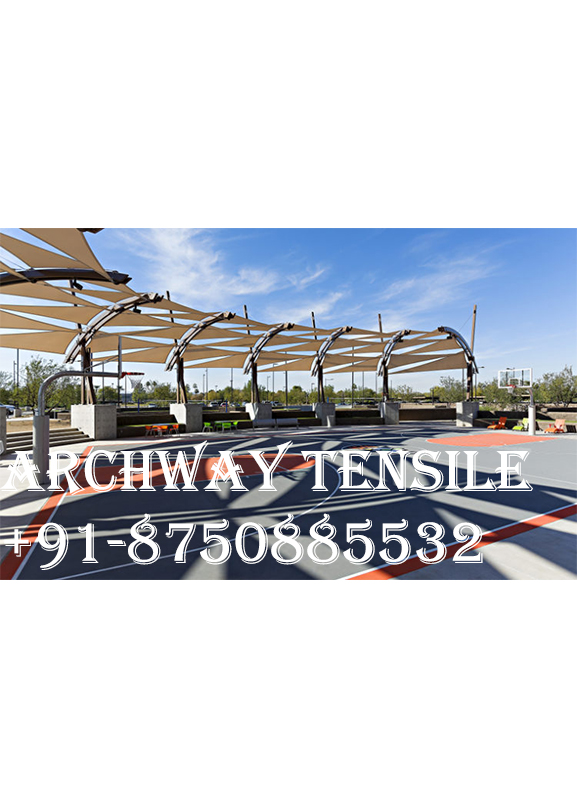 Tensile Manufacturer
Tensile Manufacturer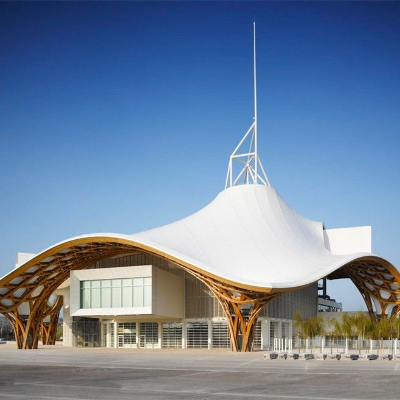 Tensile Membrane
Tensile Membrane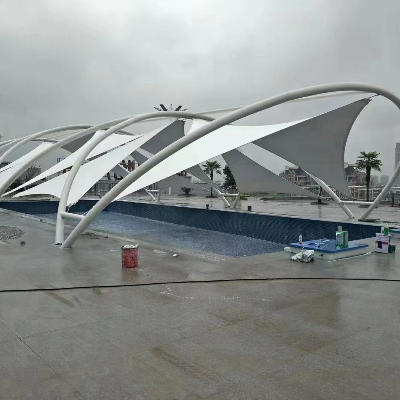 Tensile Membrane Roof
Tensile Membrane Roof Tensile Parking
Tensile Parking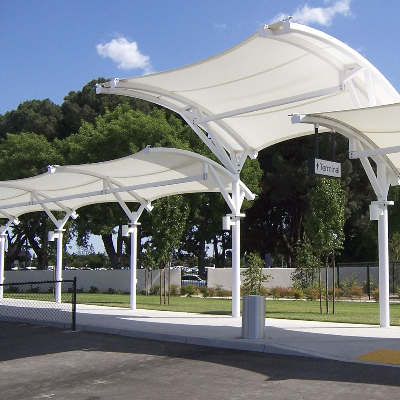 Tensile Parking Structure
Tensile Parking Structure Tensile Pergola
Tensile Pergola Tensile Roof Fabric
Tensile Roof Fabric Tensile Roof Installation
Tensile Roof Installation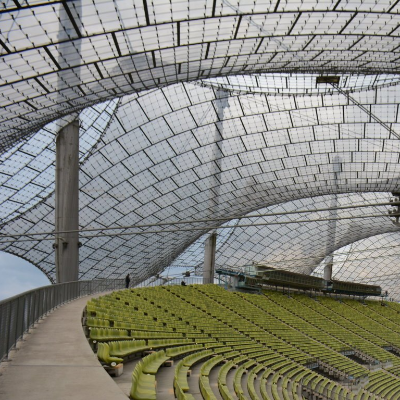 Tensile Roofing Structure
Tensile Roofing Structure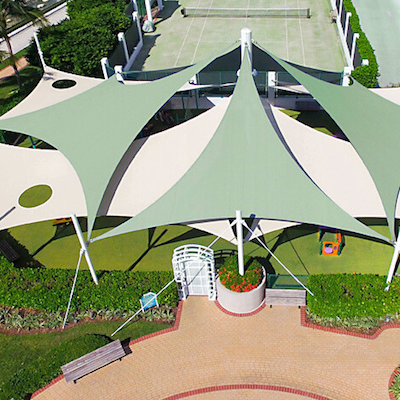 Tensile Shade Structure
Tensile Shade Structure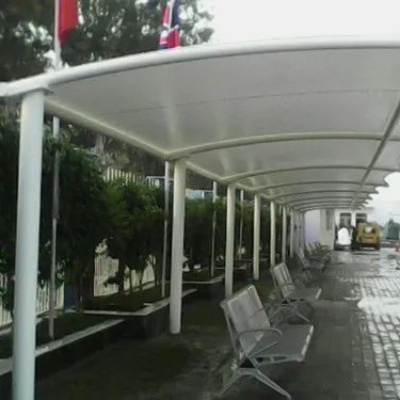 Tensile Sheet Shed
Tensile Sheet Shed Tensile Steel Structure
Tensile Steel Structure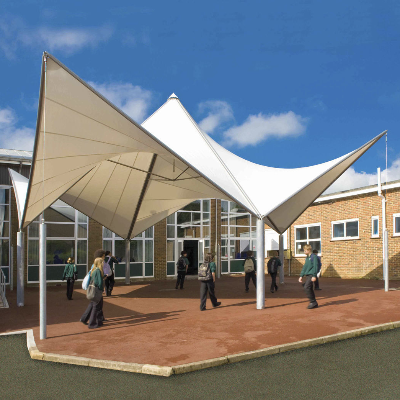 Tensile Structure Canopy
Tensile Structure Canopy Tensile Structure Company
Tensile Structure Company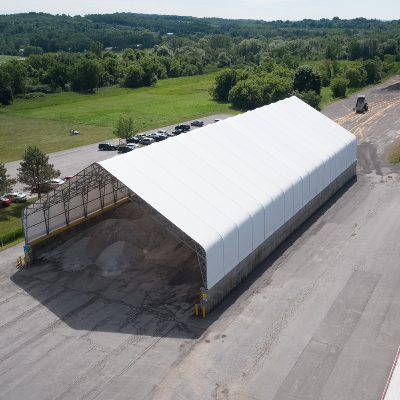 Tensile Structure Fabric
Tensile Structure Fabric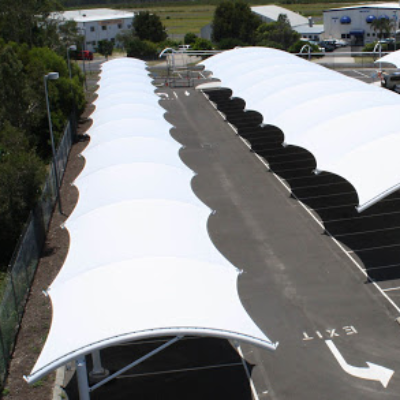 Tensile Structure for Parking
Tensile Structure for Parking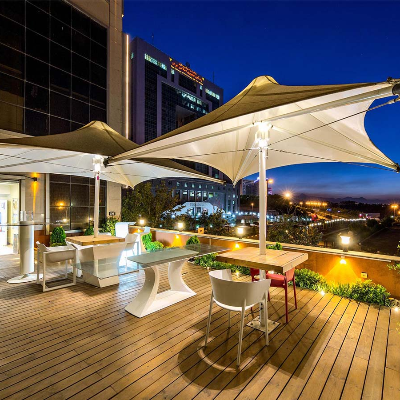 Tensile Structure for Restaurant
Tensile Structure for Restaurant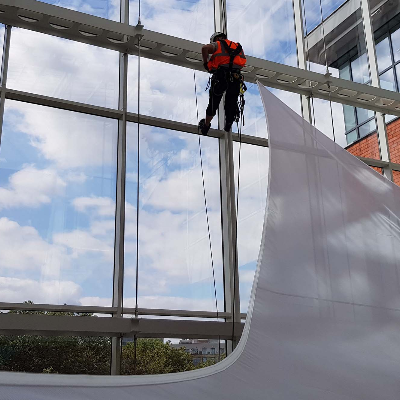 Tensile Structure Installation
Tensile Structure Installation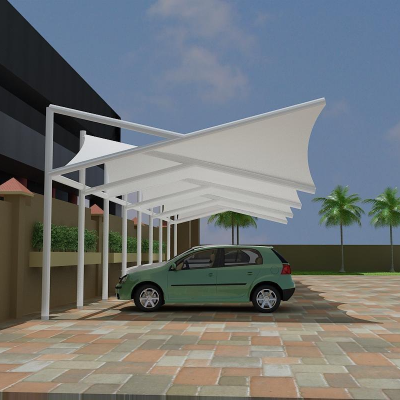 Tensile Structure Parking
Tensile Structure Parking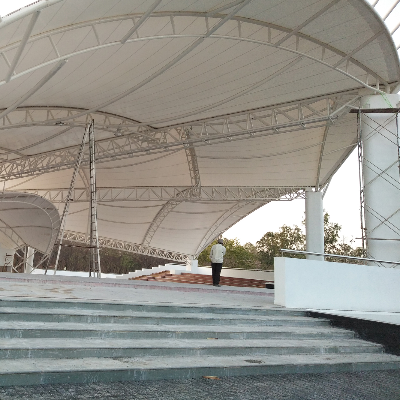 Tensile Structure Roof
Tensile Structure Roof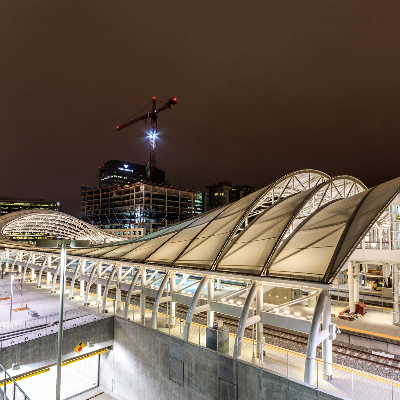 Tensile Structures Architecture
Tensile Structures Architecture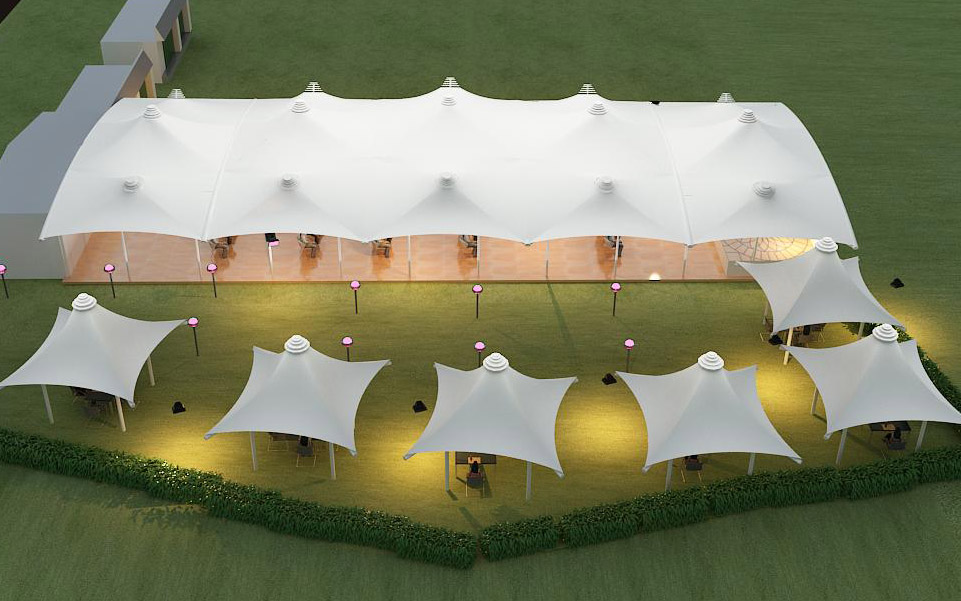 Tensile Tent Structures
Tensile Tent Structures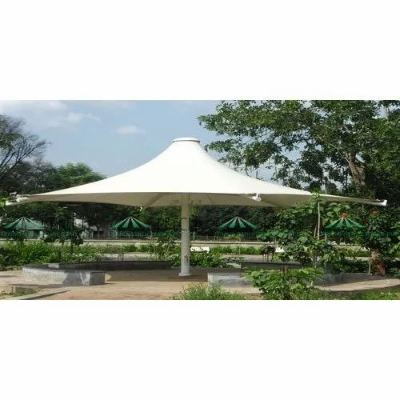 Tensile Umbrella Structures
Tensile Umbrella Structures Tensile Work
Tensile Work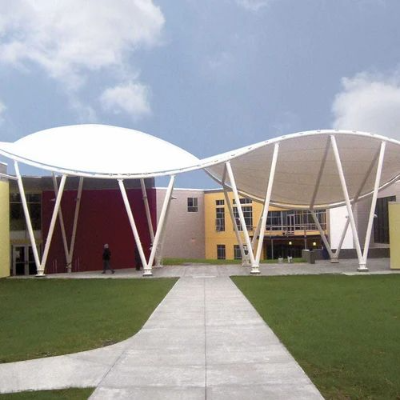 Tension Structure
Tension Structure Transparent Tensile Fabric
Transparent Tensile Fabric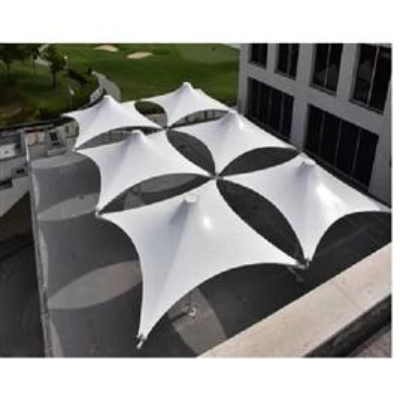 Umbrella Tensile Structure
Umbrella Tensile Structure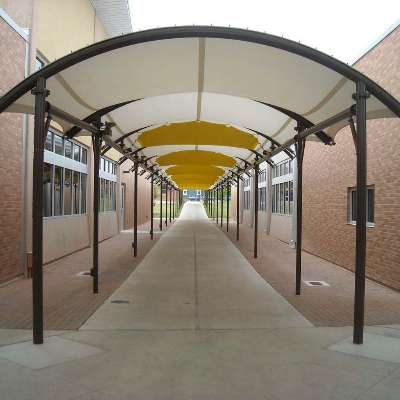 Walkway Tensile Structure
Walkway Tensile Structure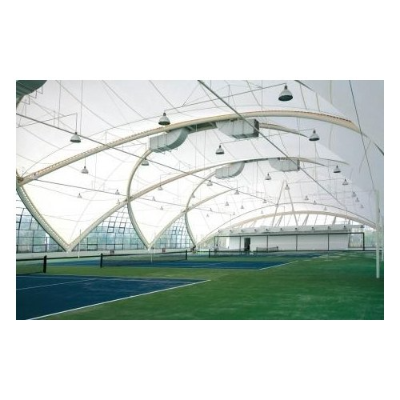 Waterproof Tensile Fabric
Waterproof Tensile Fabric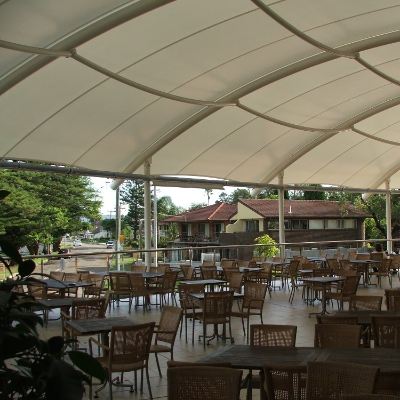 Cafeteria Canopy Tensile Structure
Cafeteria Canopy Tensile Structure